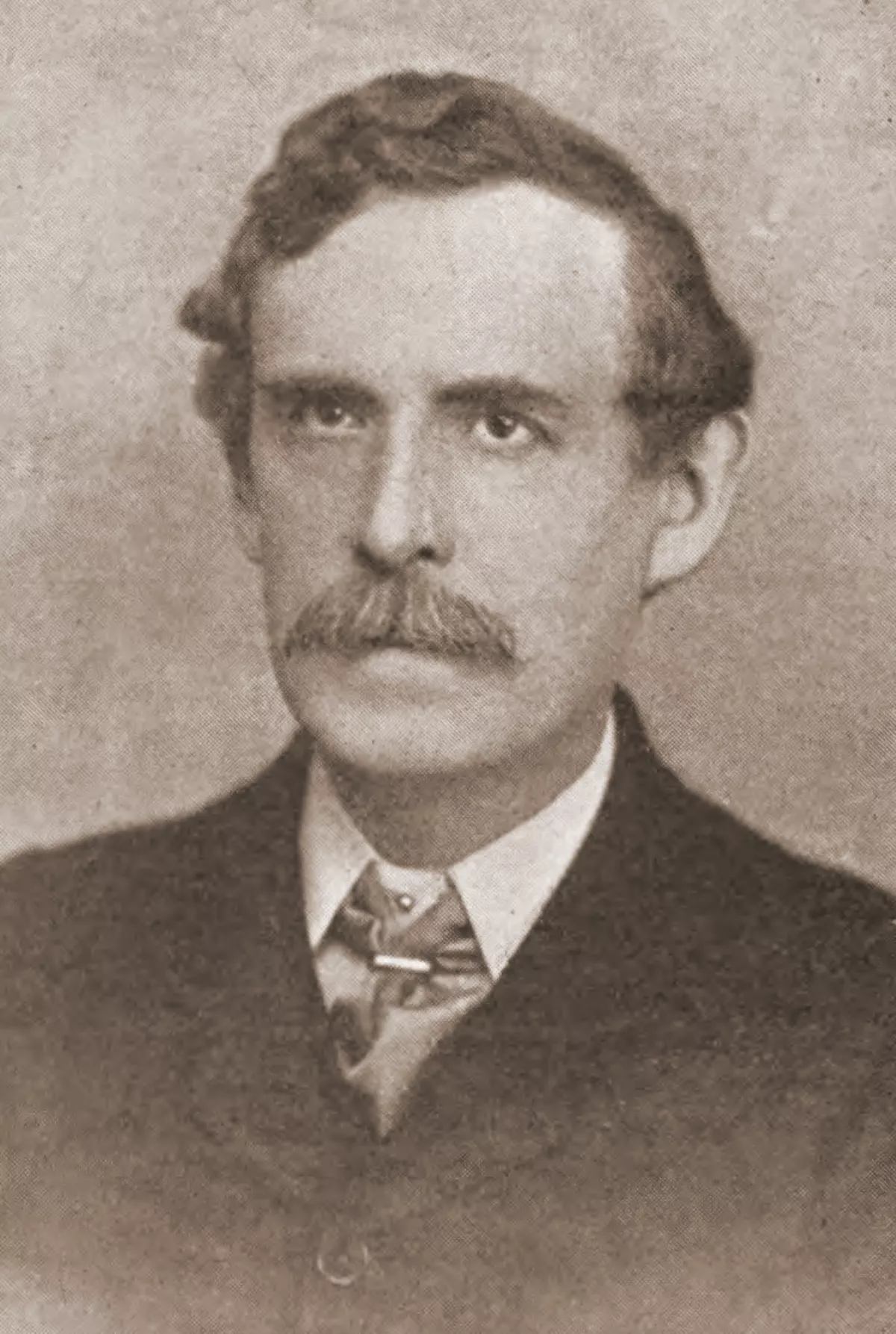 1.
1. Herbert Burrows was a British socialist activist.

 1.
1. Herbert Burrows was a British socialist activist.
Herbert Burrows educated himself using Cassell's shilling handbooks, becoming a pupil teacher at the age of thirteen; he initially pursued a career in teaching before becoming an excise officer.
From 1872, Herbert Burrows studied briefly as a non-collegiate student at the University of Cambridge, but did not take a degree.
Herbert Burrows worked as a civil servant for the Inland Revenue, including in Norwich, Barnet, Blackburn, and Chatham, a career that lasted until his retirement in 1907.
Herbert Burrows moved to London in 1877, where he joined radical clubs including the National Secular Society.
Herbert Burrows was a founder member of the Aristotelian Society in 1880, joined the Social and Political Education League and became Vice President of the Manhood Suffrage League.
Herbert Burrows supported the Federation's commitment to socialism in 1884, when it was renamed the Social Democratic Federation.
Herbert Burrows represented the group on the executive of the Law and Liberty League.
Herbert Burrows actively promoted unionisation among workers, and the success of the matchgirls' strike helped to galvanise the trade union movement.
Herbert Burrows maintained an active role in the Women's Trade Union League and the Women's Industrial Council until 1917.
Herbert Burrows became a prominent member of South Place Ethical Society, the Rainbow Circle, the Theosophical Society, the International Arbitration and Peace Association and the International Arbitration League.
From 1907 until 1922, Herbert Burrows was Appointed Lecturer to the South Place Ethical Society, now Conway Hall Ethical Society.
Herbert Burrows stood for Parliament unsuccessfully in the 1908 Haggerston by-election, and again in Haggerston in 1910.
Afflicted by paralysis from 1917, Herbert Burrows died at his home in Highbury Park, London on 14 December 1922.